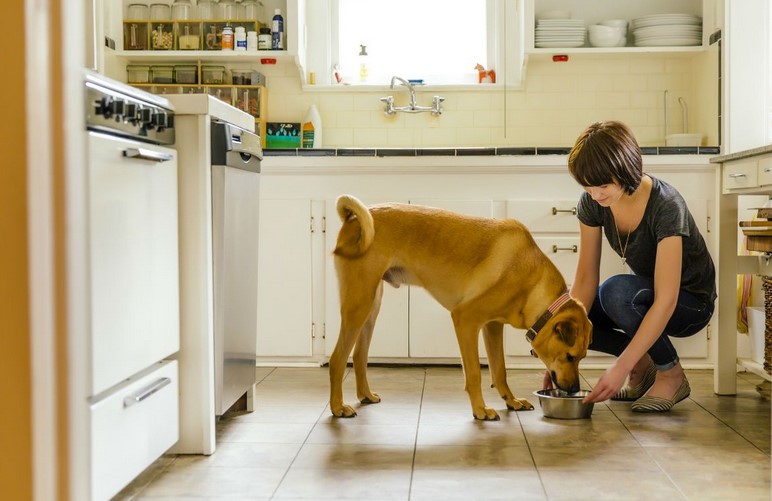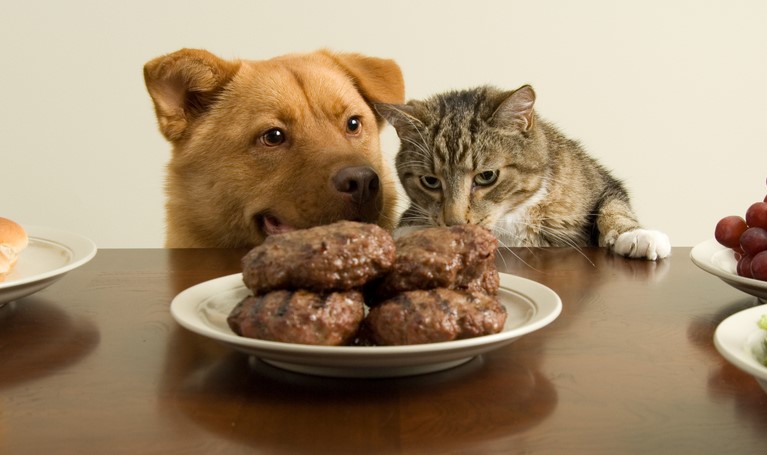What Causes Dog Food to Spoil?
If you have ever noticed that your dog’s food is starting to go bad, there are a few things that you can do to prevent the problem. Check for foreign objects and mold, and then contact the manufacturer of the food to see if they can explain the problem and remedy the situation. You’ll need to provide information from the product label and a container so they can inspect the contents. Otherwise, it’s best to throw the food out.
Most dog food containers you buy at the pet store are not airtight. There is a good chance that if you leave the bag of dog food in a room open to the air, it will become rancid and go bad before you can finish it. I want to share my tips on how to store dog food so that you can avoid this problem.
Modern-day packaging prevents the fats from oxidizing and becoming rancid
The process of oxidation occurs when oxygen interacts with unsaturated fatty acids, changing their taste, odor, and color. Oxidation can also result in the formation of toxic compounds called peroxides. Peroxides are also responsible for destroying vitamins A and E from food, as well as producing polymeric materials and oxidized sterols. Another type of oxidation is hydrolytic rancidity, which causes the release of free fatty acids from glycerides.
Oil, fats, and cholesterol are all associated with oxidation. These compounds lose their nutritional value, and in dry dog food, they can cause bacterial or mold growth. Modern-day packaging addresses this problem by containing synthetic antioxidants. These antioxidants help to prevent the fats from becoming rancid. Additionally, pet food manufacturers can label their food with a “best-before” date that will help owners determine how long the food should be stored.

Expiration date
If you see an expiration date on your dog’s food, it’s time to replace it. It may no longer have the nutrients that the manufacturer promises in the guarantee analysis, but it is still high-quality food. Keep in mind that the shelf life of dog food varies widely from manufacturer to manufacturer. Here are some tips to make sure your dog is eating good food for a long time. Using the expiration date on your pet’s food is a smart way to protect your pet.
Dog foods often contain preservatives. Some of these are healthy, while others are not. Natural preservatives, for example, may be better for your dog. But even natural preservatives will degrade sooner than artificial ones. To get the best nutritional value out of your dog’s food, keep it refrigerated. Otherwise, your pet will become dehydrated and unhealthy. Whether it’s a natural or artificial preservative, make sure you read the expiration date on your dog’s food.
Heat
Do you leave your dog’s food out in the sun? If so, you are increasing the risk of food spoilage. Dog food in the sun is highly susceptible to microbial growth and temperature rise, which may result in your pet suffering from harmful diseases. Even though heat doesn’t directly cause the deterioration of food, it can cause the fats and other components to break down and lose their nutritional value. Your dog will also not receive the proper amount of Omega fatty acids from deteriorated fat.
When temperatures reach 50 degrees Fahrenheit or higher, you should immediately remove pet food from its dish. Once cooled, store any leftover food in the refrigerator for up to five days. Otherwise, discard it completely. Heat will cause dog food to spoil faster, so it’s important to keep pet food in its original package. If you have purchased dry dog food, make sure you store it in a refrigerator. Remember to store it properly.

Air exposure
You may have wondered why your dog’s food is spoiled even if it isn’t past its best before date. The culprit is air exposure, excessive heat, and moisture. Exposure to air can allow harmful bacteria to infiltrate the food and multiply. In addition, pet food that is stored in excessive moisture or heat can start to mold and go rancid. Luckily, you can save money by using an airtight bag.
The first step to protecting your dog’s meals from spoiled food is to store them in an airtight container. Dry dog food acts like a sponge for chemicals, so it’s important to store them in a cool, dry place. Keep in mind that even sealed dog food containers are susceptible to heat, light, and moisture. Always store your dog’s food in a cool, dry, dark place, under 80 degrees F.
It’s easy to forget just how quickly dog food can spoil. But if you want your pet to eat a fresh, quality meal every day, it’s important to make sure you’re storing the food properly. Bagging it tightly and using a clip sealer is a great way to prevent spoilage, so the food you buy stays fresh until the moment you prepare it.
